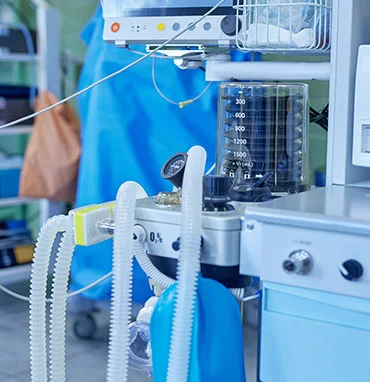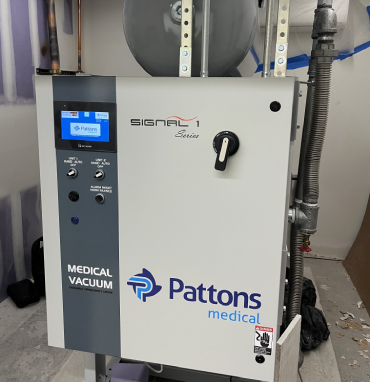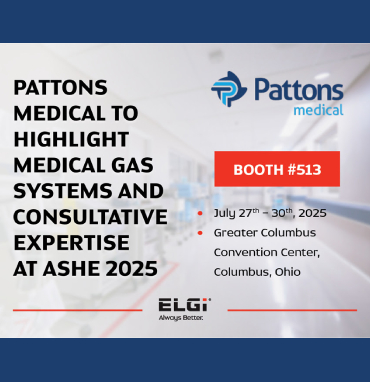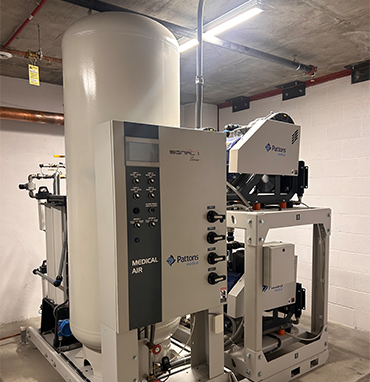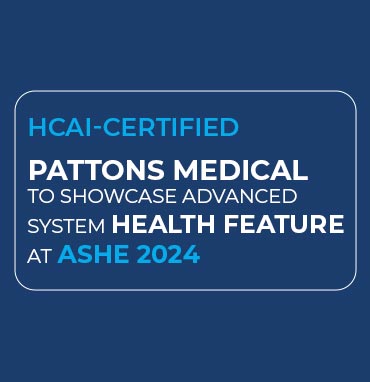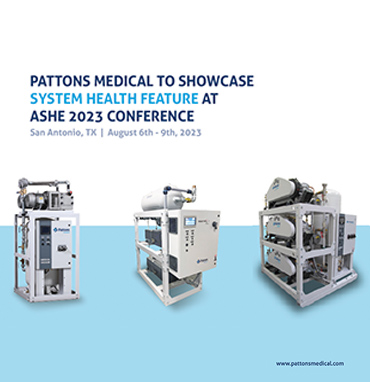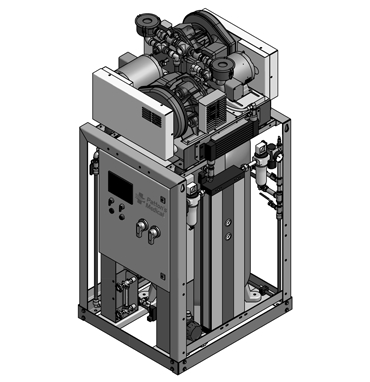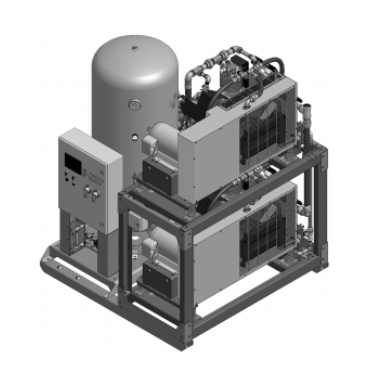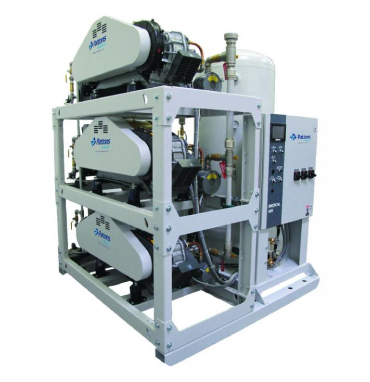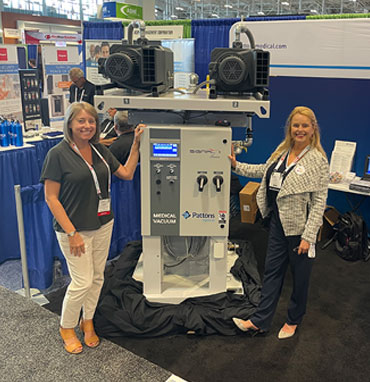Why getting expertise early in the design process ensures systems are optimized, efficient and compliant — which helps engineers avoid hidden pitfalls.
Designing a medical gas system is complex. It requires strict NFPA 99 compliance and precise system sizing. Creating systems that are future-proofed for new medical devices or facility expansions is just as critical. Engineers who need
to design and spec a new medical gas system should seek out expertise as early in the process as possible. This will enable them to ensure that systems are adequate for current and future needs. It will also give them guidance to avoid
costly mistakes, compliance failures and inefficient systems
Medical gas systems consultants are easy to reach and eager to help. They work directly with manufacturers and distributors to understand up-to-date products and how they perform. They maintain their knowledge of the most cutting-edge
medical devices that rely on gas systems. Most crucially, they keep a sharp focus on the evolution of NFPA 99 regulations
“We’re not just selling equipment. We work alongside engineers to ensure their designs meet both today’s and tomorrow’s needs,” said Elizabeth Abell, Medical & Laboratory Gas Consultant at Pattons Medical. “We can assist as early as
schematic design. We step in as a resource, offering training, guidance and real-world expertise. That’s not something a product catalog can do.”
Avoiding costly mistakes
If consultants are brought in too late, it can lead to expensive redesigns, regulatory violations or underperforming systems. The most common pitfalls include:
Improperly sizing systems
Underestimating SCFM demand
Not accounting for new medical devices
Failure to design for expandability and future upgrades
Placing components incorrectly
Missing value engineering solutions
Failure to comply with changing NFPA 99 codes
Examples include underestimating the SCFM demand of new external catheter devices, placing a zone valve box in a non-accessible location, or not allocating enough future capacity for facility expansions. Consultants can provide the
expertise needed to head off these mistakes long before the equipment is purchased and plans are in motion
“An engineer could get halfway through the design process before realizing they need a bigger system or a logistical overhaul. At that point, going back to the hospital to request changes is awkward and expensive.” Wyatt Franks,
Director of Sales at Pattons Medical said. “We’ve also seen projects where engineers undersized a system by not accounting for future expansions. Correcting that post-installation is a nightmare.”
The risk isn’t just cost and hassle, there can be further implications. Under-sizing a system that doesn’t factor in the use of external catheters, for example, can lead to serious performance issues after installation. The placement of
zone valve boxes and area alarms isn’t just about convenience, it’s about life safety. A misplaced alarm can mean a delay in response time during a critical event.
Value-Engineering
Consultants can help engineers streamline projects and provide Value-Engineering solutions. This means identifying strategies that reduce both short- and long-term costs, while still ensuring system performance. Consultants do this
through ensuring NFPA 99 compliance, creating designs that prevent expensive modifications, properly locating system components, avoiding last-minute design changes and much more.
NFPA 99 updates every two years, but states adopt at different rates. Some hospitals might still be operating under 2012 codes, while others have moved to 2024 standards. Consultants help engineers balance cost vs. compliance, ensuring
they meet legal requirements without unnecessary overspending.
“VE is not about cutting corners. It’s about making sure hospitals get the best system for their needs at the best price,” Steve Torrez, Medical & Laboratory Gas Consultant at Pattons Medical said. “Engineers rely on us to make sure
their design-engineering specifications are optimized and efficient, and that their specs are correct from the outset. We help them navigate NFPA 99 code because the cost of getting compliance wrong is far greater than the cost of
getting it right the first time.”
Value in partnerships
It's important to choose a consultant that won’t disengage after a system is installed. They can be considered long-term partners, in it for the long haul, continuing to support facilities with system health monitoring, expansions,
capital improvement planning and more. Over time, they become an extension of the engineering team. They understand the history of a facility, its needs and its evolution. They can help facilities plan for upgrades, expansions and
compliance audits.
“Hospitals don’t just need products — they need partners who understand their long-term needs. We have had hospitals come to us 10 years after installation needing to retrofit a system. Because we were involved from the start, we
already know how to optimize their setup,” Torrez said.
Ultimately, productive long-term partnerships between engineers and consultants can help everyone achieve the same goal — delivering systems that perform reliably when it matters most.
“Medical gas systems are critical to patient safety. There’s no room for guessing or miscalculations,” Greg Hood, Vice President of Pattons Medical said. “We stay engaged for the life of the system.”
